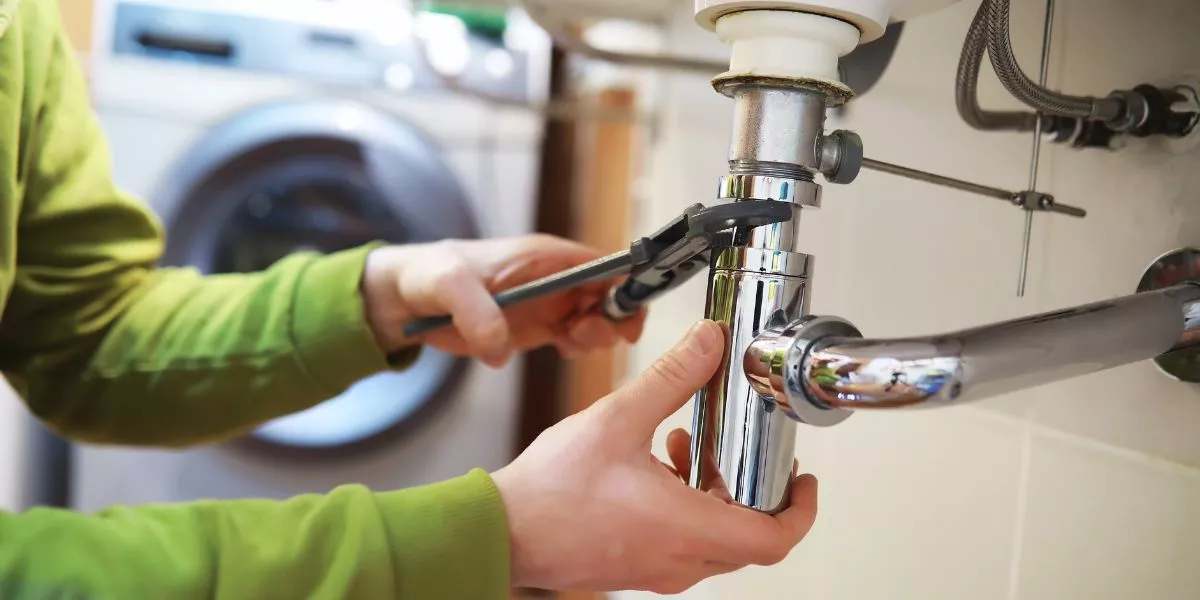
When it comes to home maintenance, plumbing issues can be a real headache. You might find yourself dealing with leaky faucets or clogged drains more often than you'd like. Understanding the most common problems and their prevention methods can save you time and money. Let's explore how you can tackle these issues before they escalate and disrupt your daily routine. What's the first problem you think might be affecting your home?
Leaky Faucets
A leaky faucet can be more than just a minor annoyance; it can waste gallons of water and increase your utility bill. You might notice a drip, drip, drip that interrupts your peace.
It's often caused by a worn-out washer or O-ring, which can easily be replaced. If you catch it early, you can save yourself from higher costs and extensive damage.
Grab a wrench, turn off the water supply, and disassemble the faucet to inspect it. Replacing the faulty parts is usually simple and can be done in under an hour.
Once you fix it, you'll enjoy quieter days and lower bills. Don't let that leak linger—take action and restore your faucet to working order today!
Clogged Drains
While clogged drains can seem like a minor inconvenience, they often lead to bigger issues if not addressed promptly. You might notice slow drainage in your sink or shower, signaling a potential blockage.
Hair, soap residue, and food particles are common culprits, so make it a habit to use drain covers to catch debris. Regularly flushing your drains with hot water can also help break down buildup.
If you discover a more serious clog, avoid harsh chemical cleaners that can damage your pipes. Instead, try using a plunger or a plumber's snake.
If the problem persists, don't hesitate to call a professional. By taking these preventive measures, you can keep your drains flowing smoothly and avoid costly repairs down the line.
Running Toilets
Clogged drains aren't the only plumbing issue that can waste water and lead to higher bills; running toilets can be just as troublesome.
When your toilet runs continuously, it's often due to a faulty flapper, a fill valve issue, or a misaligned float. These problems not only waste water but can also inflate your monthly expenses.
To prevent running toilets, regularly check the flapper for wear and tear, and adjust the float to ensure it shuts off completely. If you notice any signs of leakage or hear constant dripping, address the issue immediately.
Taking these simple steps can save you water and money while keeping your plumbing in good shape. Don't let a running toilet drain your wallet!
Low Water Pressure
Low water pressure can be a frustrating experience, affecting everything from your morning shower to washing dishes. You might notice it when your faucet drips slowly or your shower feels more like a trickle.
Common causes include clogged aerators, mineral buildup in pipes, or even issues with your municipal supply. To prevent low water pressure, regularly clean faucet aerators and showerheads.
Consider installing a water softener if hard water is an issue. Also, check for leaks in your plumbing, as these can significantly impact pressure.
If you suspect a more serious problem, don't hesitate to call a plumber. Keeping an eye on these factors can help you maintain consistent water pressure throughout your home, ensuring your daily tasks go smoothly.
Burst Pipes
When temperatures drop or pipes are under excessive pressure, burst pipes can wreak havoc in your home. These breaks can lead to significant water damage and costly repairs.
To prevent this issue, you should insulate your pipes, especially in unheated areas like basements and attics. Keep your home heated during cold spells, even when you're away. You can also allow faucets to drip during frigid temperatures, relieving pressure within the pipes.
Regularly inspect your plumbing for signs of wear or leaks, and address any issues immediately. If you notice strange sounds or discoloration in your walls, act fast.
Conclusion
By staying proactive, you can easily tackle the top five plumbing problems before they escalate. Regularly check for leaky faucets and replace worn parts, use drain covers to prevent clogs, and keep an eye on your toilet's performance. Don't forget to maintain water pressure and insulate your pipes during colder months. With these simple steps, you'll not only save water and money but also keep your plumbing system in great shape for years to come!




